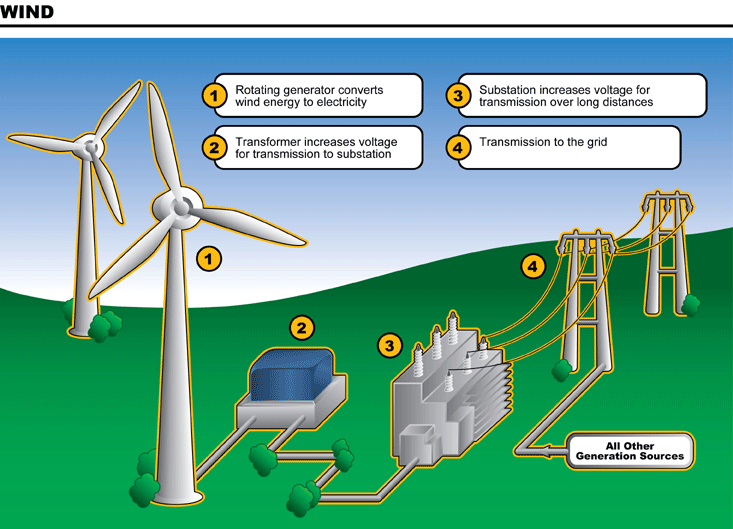ENERGY EFFICIENCY
A energy-efficiency device requires less energy to perfom the same work.
We can apply strategies of energy efficiency in many areas of daily life. In this way, we can significantly reduce the amount of energy that we consume.
- Lighting:We can reduce the amount of electric light that we use by taking advantage of natural lighting. We can also replace traditional incandescent lightbulbs with energy-saving alternatives, such as LED bulbs.
- Domestic appliances: In recent years, domestic appliances have become much more efficient. New appliances have energy efficiency labels to indicate how much energy they consume. The most efficient devices consume the least energy.
- Air conditioning and heating: We use a lot of energy to keep our homes at a comfortable temperature, but there are ways we can be more efficient.
- Transport: The best way to consume less energy is to use public transport or to travel with other people when going long distances. For short distances, we can also walk or use bicycles to save energy. Electricals are also becoming more common. In addition to save energy, they cause less polution in urban areas.
Our consumption of manufactures products generates waste and uses energy. We can reduce these negative effects by recycling as much as possible.
We can recycle products, we avoid the extraction and processing of more natural resources, In this way, we can save enormous amounts of energy.
In addition, recycling save water and reduces the emission of greenhouse gases into the atmosphere.
Recycling old batteries save energy, but it is also important because batteries contain toxic materials that must be treated properly.
POSITIVE IMPACT
Energy efficiency has a beneficial effect on the environment.
When we consume less energy, it helps to reduce the greenhouse effect and climate change. Using less energy also reduces our explotation of natural resources.
Renewable energy sources are essential for solving our environmental problems. In the future, most of the electricity that we use will probably come from these cleaner, greener energy sources.At the moment, there are various projects to develop clean energy, such as nuclear fusion, which is the source of our Sun's energy. It is completely clean and it doesn't produce waste. It is also the most efficient energy that exists, because it uses small quantities of fuel to produce enormous amounts of energy.

 .
.






